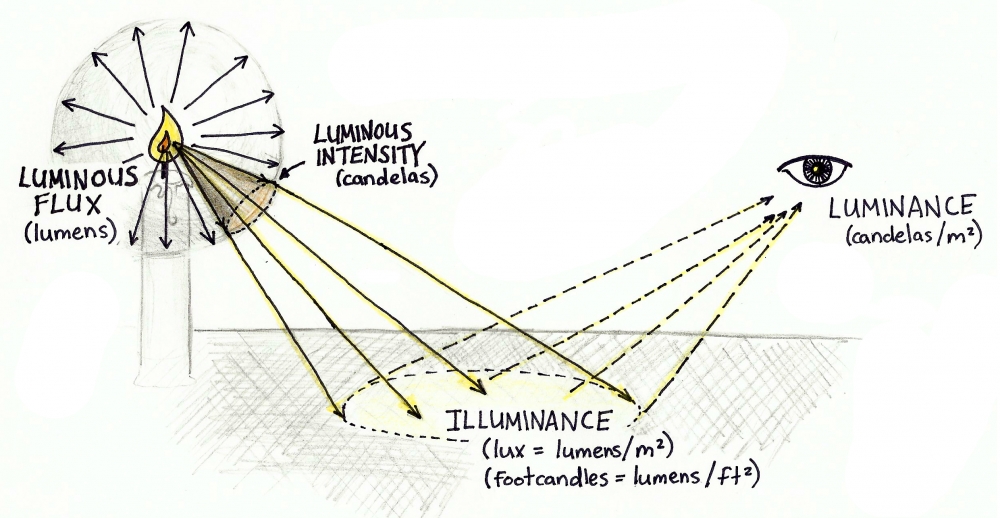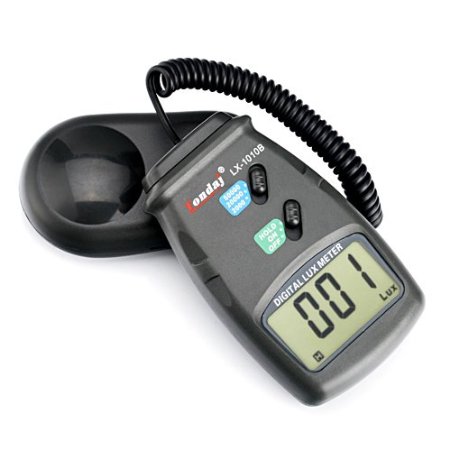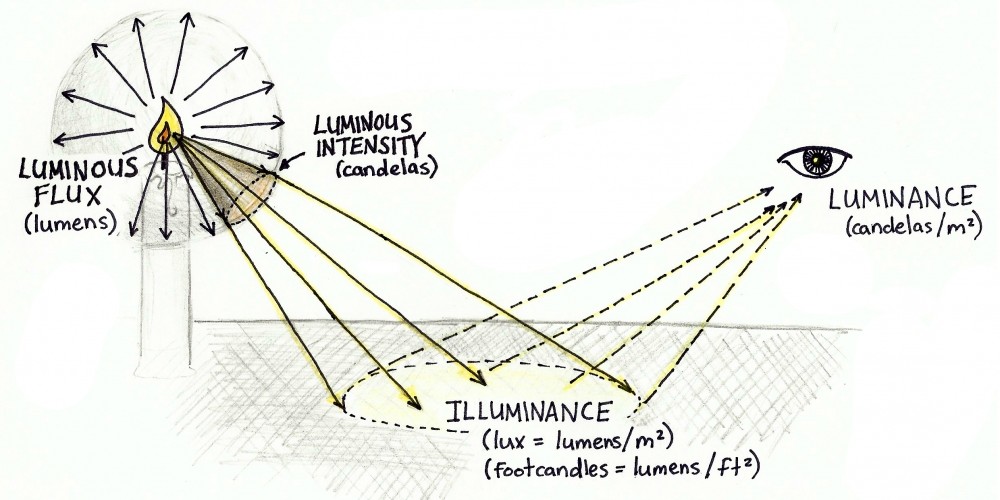We all love our gardens, and we love to work in it. But no one likes being a slave to it. One of the quickest way to ensure you’ll be a slave to your plants is by planting them in an area that is not what they need to flourish. Water is an obvious culprit, but today we are going to talk about light.
We talk about light quite a bit in our Landscaping Essentials Workshop, for it is a crux of where to put your plants. In the DIY workshop (linked) and the live workshop we barely scrape the surface of light. It’s one thing to read the tags and get a basic idea of where to put the plants for the greatest chances of plant utopia, but it’s quite another to understand light so you can ensure that you have paradise you design.
What light really effects
Light is cumulative, and so is the effect on the plant. When the intensity of light is increased, you can reduce the number of hours the plants get . Of course, this means the inverse is true: if you have a plant that needs a decent amount of light during the day, you can calculate the amount get as much as it needs, all the way up till twilight if you need to .
Light Quality vs. Light Intensity

Measuring light by visual sensitivity can be a great way to get started. Read more about light and how it’s used inside at Sustainability Workshop.
Light comes in two types for plants: light quality and light intensity. Light quality talks about the quality of light regarding light wavelengths (colour) of light. The sun is a full spectrum, high quality light source. When you plant outside, this is what you get naturally. The intensity is what changes when you plant outside.
Light intensity is a measurable unit based on how intense the light is at a specific point away from a light source. In the old days they measured this by the distance away from one standard wax candle. This became known as the “footcandle (fc)” unit. Think of it this way: 1 footcandle was based on the light at the distance of 1 foot away from 100 lit candles.
Can you imagine how difficult that is to really quantify and teach over time?
Instead of using footcandles, this measurement became standardised over time to the unit of lux or luces (plural). This is defined as the amount of light one meter away from a light source. Hardly much better, I should think, as either unit you use, it’s still subjective based on light sensitivity.
The better way to measure light intensity

Example light metre under $25 that can get you the numbers that you want. Get it at Amazon (NOT an affiliate account).
There is a better way to measure light intensity, though. The better unit of light intensity for studies involving plant responses is the μmol m-2s-1. It describes the number of photons of light within the photosynthetic waveband that an area of 1 square meter receives per second. It can be measured using a light meter. To convert the intensity of light from the sun, for instance, 800 μmol m-2s-1 to footcandle, 800 is multiplied by 5 which results to 4,000 fc. Another unit of measurement is the mol m-2d-1 which describes the total number of photons received by an area of 1 square meter in 24 hours .
These numbers, at least, can be easily measured with a light meter.
Measuring light
Frankly, measuring light in a specific area couldn’t be easier thanks to modern technology. Unfortunately, most professional light meters range between $50 and $2000 depending on the brand as well as how many bells and whistles you want. The secret lies in not needing a professional grade light meter. Instead, take a look at some of the cheaper models from Amazon. There are many under $25 that will work just fine. We have used similar at both Purdue and at Insanitek, all are adequate as long as they can read very low levels of light and fairly high levels of light. The example to the right is the one we use at Insanitek with success.

